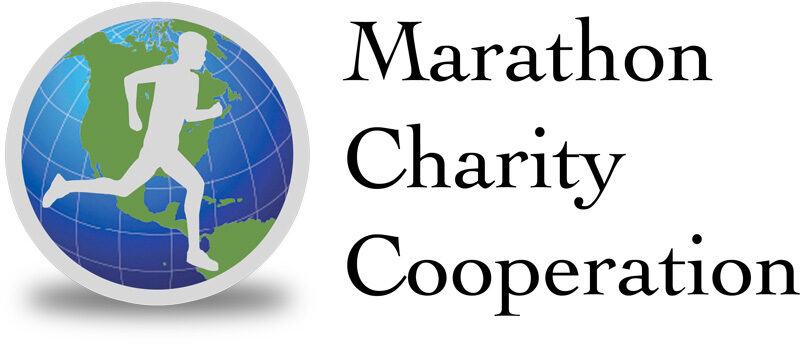Patrick McCrann
UltraFit.com
So you’ve been training for eight or maybe 12 weeks and marathon day is getting closer by the minute. You’ve put in countless miles and have one last hurdle to clear before you can tackle race day: the long run.
While the long run is undoubtedly the most important mental training event for a marathon, it isn’t the most important physically. I strongly believe that it’s the miles covered on the way to this long training run–and the marathon–that truly count. The long run is your chance to put yourself to the test. Here are a few pointers to make sure you get it right.
How Far to Run?
This is the eternal marathon question. Ultimately, the length of your long run is determined by your training program. If you’ve built up to 18 miles by this point, jumping to anything longer than 21 will be a real challenge. If you’ve already hit 20 twice, another 20 might be enough while 22 could be too much.
While there are no set guidelines to how far a long run should be, there are guidelines around how long it shouldn’t be. If distance is your limiter, make sure your longest run is 10-15 percent longer than your previous longest effort. If time is your limiter (athletes who run 10-minute miles or more), make sure your longest run is three hours. There really is no physical or aerobic benefit to running beyond the three-hour point. You’ll be doing more harm than good to your body.
If a three-hour run will only get you 15 miles, incorporate two longer runs a week (e.g. Thursday and Sunday) into your training from the outset so you can build up the durability you will need for race day over time. If that’s not an option, then add on other aerobic miles at the start of your run (such as a 1.5-hour bike ride).
Long Run Logistics
Course
Pick a rolling course. “Rolling” means that you know that you are going up and down, but the work isn’t putting your body into overdrive. If the marathon is a flat course, you’ll be better off on the rolling terrain.
If the marathon you’re planning to run is hilly (most are pretty flat), you won’t gain any material benefits from punishing yourself on a similar course for this long run, especially when it will take you days–maybe even a week–to recover.
If you’re truly concerned about the hills, be sure to include hill work in your weekly regimen. Advanced runners might consider a long run that starts out rolling but ends up in the hills to prepare for race day.
Timing
Do the long run at the same time of day as the race. There’s a lot more to marathon day than just running, and learning how your body reacts to the early alarm, light breakfast and warm-up is key. Minimize the number of surprises come race day. Even if your “A” race is in another time zone, you can benefit from putting your race-day plan into action.
Nutrition
Plan on carrying your food and fluids with you (e.g. use a Fuel Belt). If you’re opposed to this, either plan on a quick pit stop at a convenience store or pre-arrange a bottle drop. Hopefully by this point in your training you have already developed an understanding of what type–and how much–fuel you need on your longer runs.
A quick rule of thumb in training is to practice drinking at every mile split (or by estimated mile split, e.g. every 9:30) so you’ll be accustomed to drinking at the intervals provided on the marathon course. It’s also recommended that you take in some form of calories–most runners use energy gels–during your event. Timing for your fueling can range from 45- to 60-minute intervals; again, this testing should be part of your training.
The Right Pace at the Right Time
The last thing you want to do is to leave your race on the training course, yet so many runners flirt with disaster when they do their long run. Don’t run your long run at your goal marathon pace! This is too much strain on your body (think about how you felt after your last one!) and will result in deep fatigue, if not injury.
A better plan is to hold a comfortable long run pace (goal marathon pace plus 45 seconds to a minute) for three-fourths of the way. The last one-fourth of the run, increase the effort/pace to match goal marathon levels.
Putting this key element at the end of your long run will give you a sense of how your pacing will affect your body on race day and if you’ve picked the right pace without compromising your training.
Long Run Recovery Protocol
- Wash your face and get out of your wet clothes into dry ones.
- Get some liquid calories. This can be a homemade shake or recovery drink, and must be consumed in the first 15 minutes after finishing and should contain a 4:1 ratio of carbs to protein.
- Take a shower.
- Lie down on the floor and put your legs up one minute for every 15 minutes run.
- Get up and make a meal. Be sure to include protein!
- Sit down to eat with legs up. Consider a nap if you have time.
After the Long Run
Your work is mostly done at this point. You have three or maybe four more weeks to go until race day. Your first priority is to make sure that you have recovered well from your long effort. I usually don’t run for three days afterwards (preferring to cross-train) and I usually get a light massage as well. Only a few key tempo sessions are left to keep the legs sharp and then it’s marathon day.
